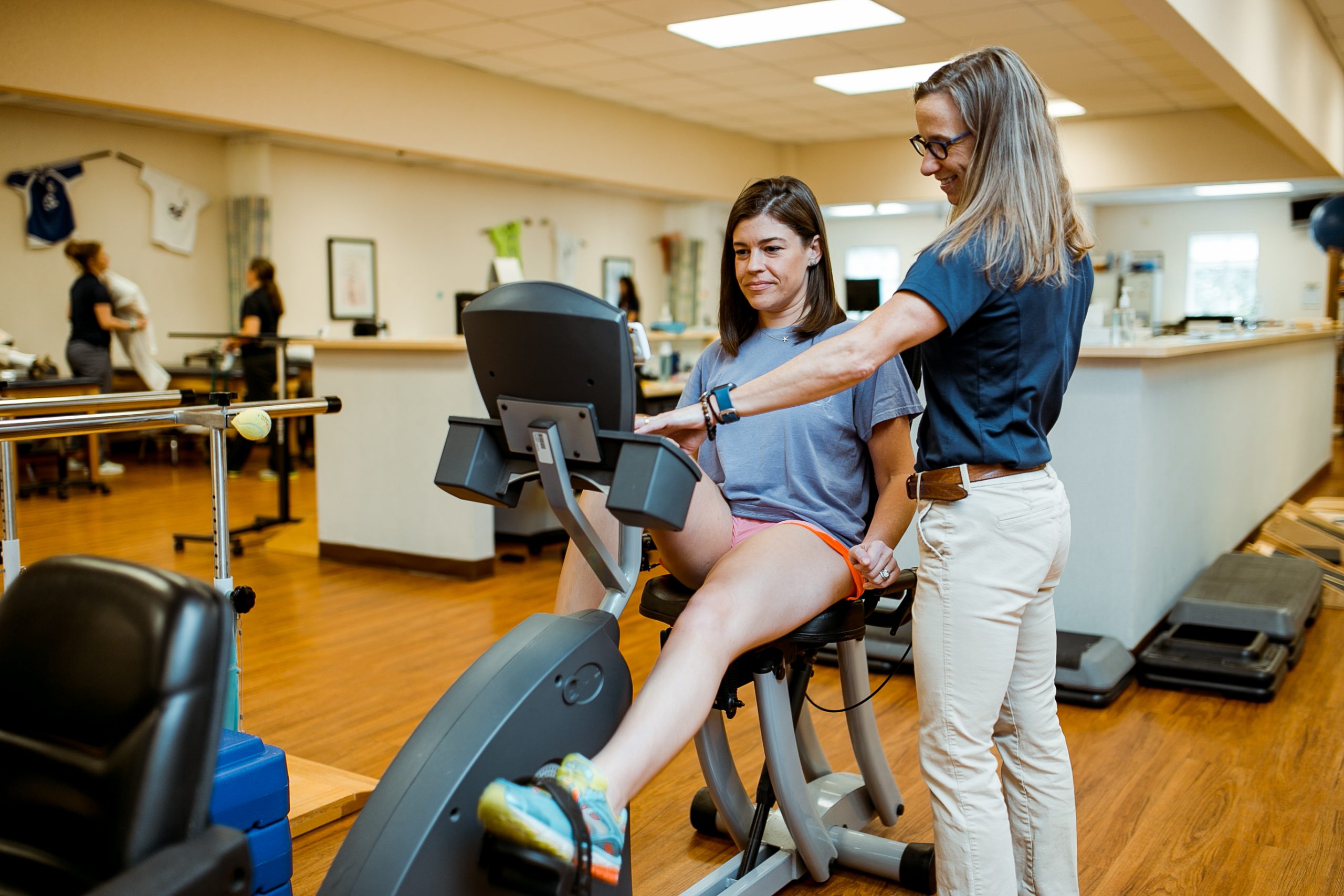Mastering the Science of Human Factors to Improve Comfort and Efficiency in Office Settings
Mastering the Science of Human Factors to Improve Comfort and Efficiency in Office Settings
Blog Article
Mastering this art of workplace optimization is essential for creating professional environments that advance postural health and operational efficiency. Workplace ergonomics is the methodology of designing work environments, equipment, and responsibilities to match the capabilities of employees. By addressing how staff utilize their surroundings, businesses can reduce strain and avoid repetitive stress disorders. An ergonomic workspace enables natural movement and reduces strain, which can contribute to improved performance and satisfaction among employees.
One important element of ergonomic planning is the placement of workstation elements and tools. Work surfaces should be at a position that allows users to remain seated with their arms at a 90-degree angle while keyboarding. Chairs should deliver sufficient reinforcement for the lower back, supporting good posture. Additionally, monitors should be positioned at eye level to avoid cervical tension. By confirming that these ergonomic components are properly calibrated, employees can copyright a comfortable position throughout their tasks, reducing fatigue and enhancing concentration.
Another critical dimension in an optimized workspace is the use of ergonomically-designed technologies and equipment. This includes typing hardware, navigation tools, and other instruments engineered to reduce RSIs. For instance, using an orthopedic typing device can help reduce wrist pain caused by long-term typing. Furthermore, modular seating systems and convertible desks enable employees to alternate their position throughout the day, which can ease discomfort and boost alertness. Implementing quality ergonomic tools can lead to optimal work habits and elevated productivity rates.
Illumination is also a vital aspect in workspace ergonomics. Proper lighting can reduce eye strain and support staff more helpful info to engage with their work activities. Daylight is ideal, but if that is not accessible, using customizable artificial lighting can aid create a inviting atmosphere. It is necessary to avoid glaring fluorescent lights that may trigger migraines or fatigue. By providing adequate lighting, employers can establish an environment that enhances both comfort and work quality.
To conclude, encouraging regular breaks is key for preserving an healthy workspace. Encouraging staff to take brief breaks can aid alleviate fatigue and cognitive strain. During these breaks, workers should be guided to perform mobility exercises or get up to stimulate circulation. Integrating routine break times can help create a structure that prioritizes human performance without compromising productivity. In summary, embracing ergonomics in the office not only enhances physical health but blog here also cultivates a more productive work culture where team members can thrive.